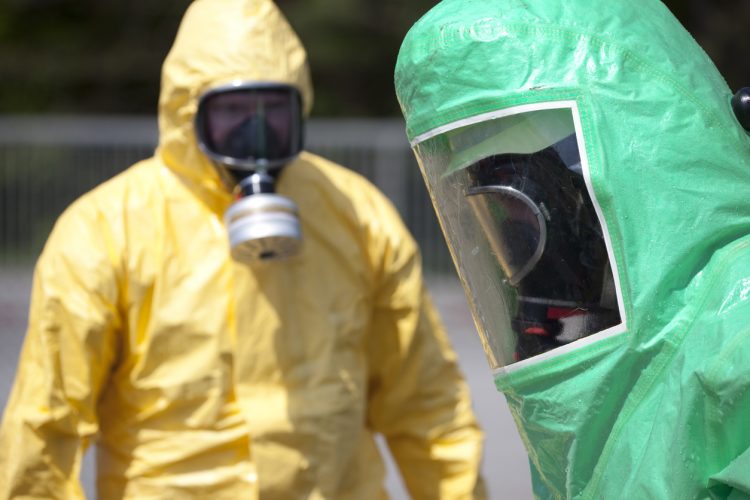Traditionally, first responders or military personnel who were faced with an unknown chemical substance would use either Raman spectroscopy or Fourier Transform Infrared (FTIR) spectroscopy to help identify the solid or liquid material. Currently, these two techniques have become a powerful and necessary tool when performing material identification in the field.

In both FTIR and Raman spectroscopy, the instruments acquire a spectral fingerprint of an unknown substance, and then compare the collected fingerprint against a reference library. Both methods are lab-proven, precise optical technologies offering distinct advantages in specific applications.
See the video on this page or read the technical note, Raman and FTIR Spectroscopy: Complementary Technolgies for Chemical and Explosives Identification for additional information.




